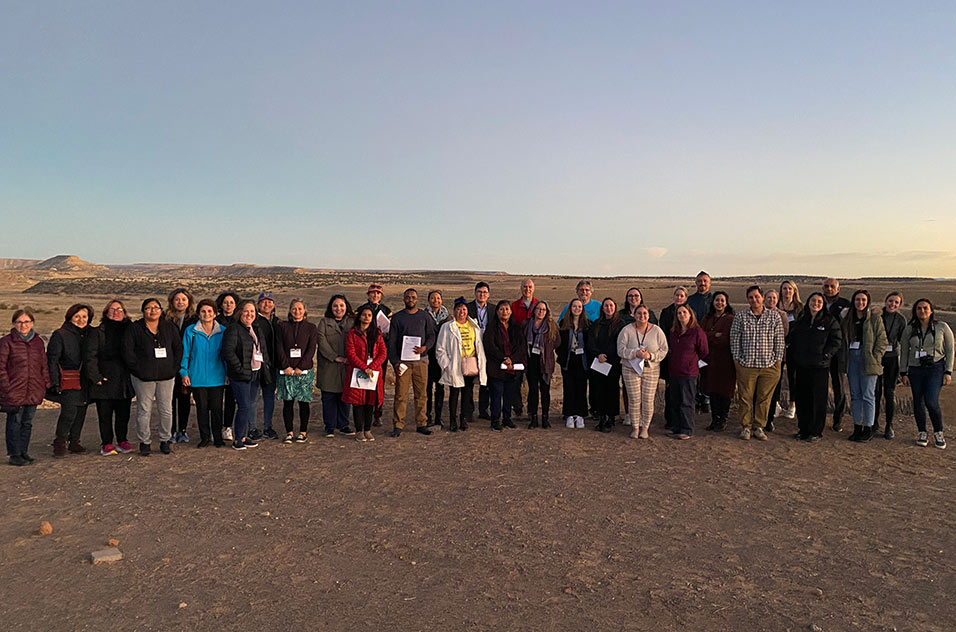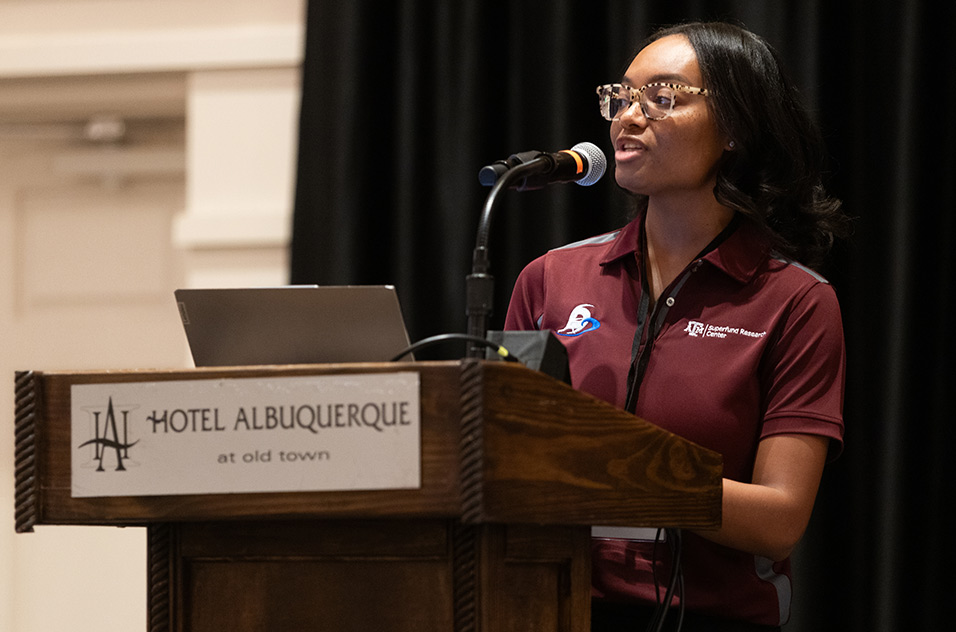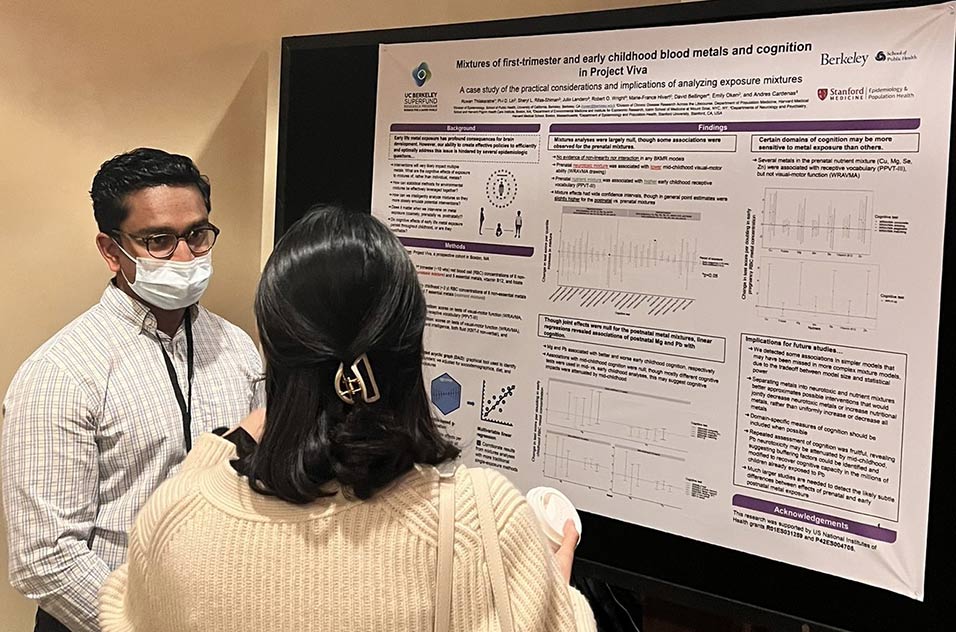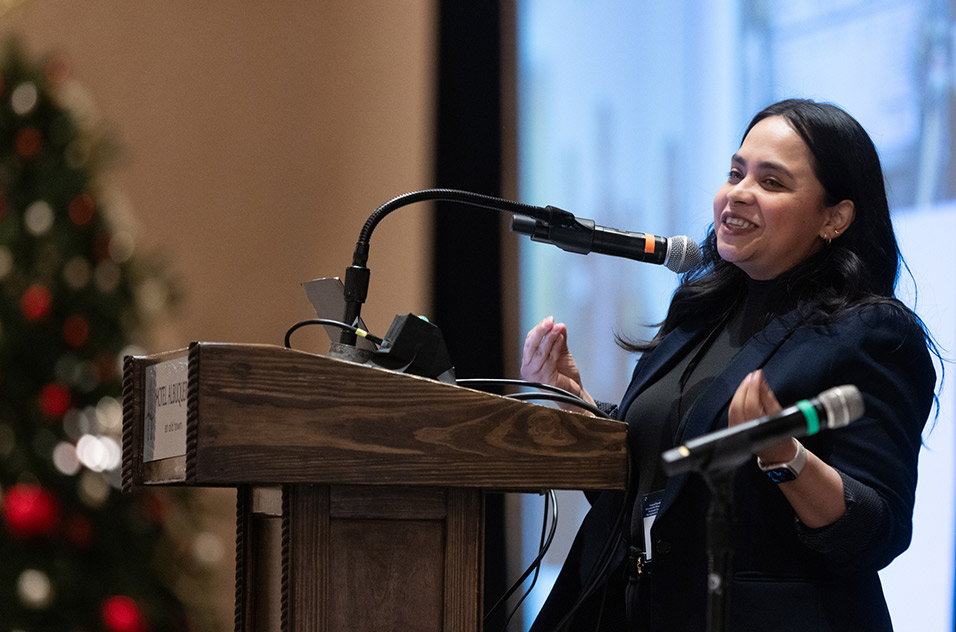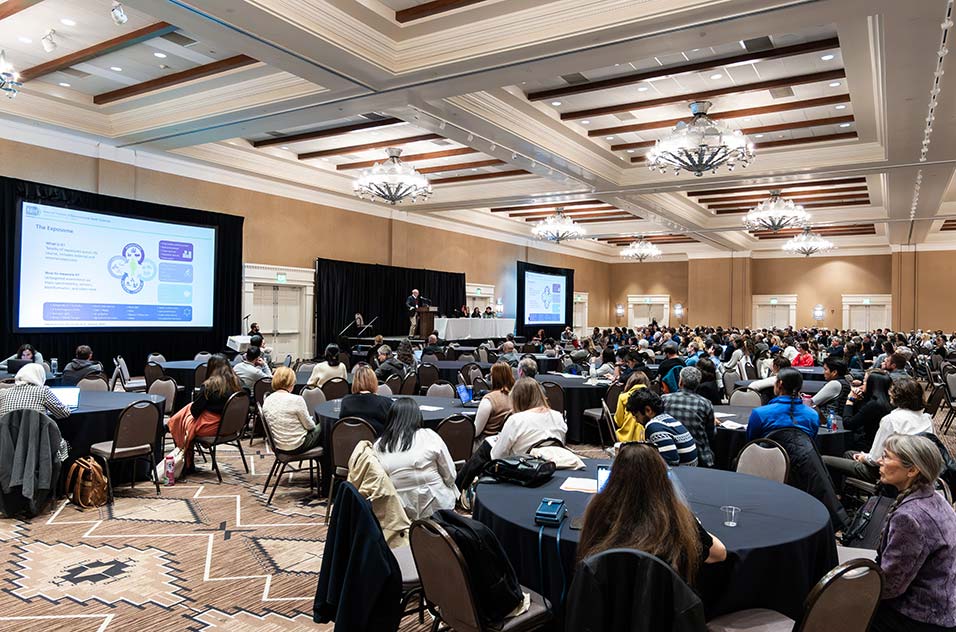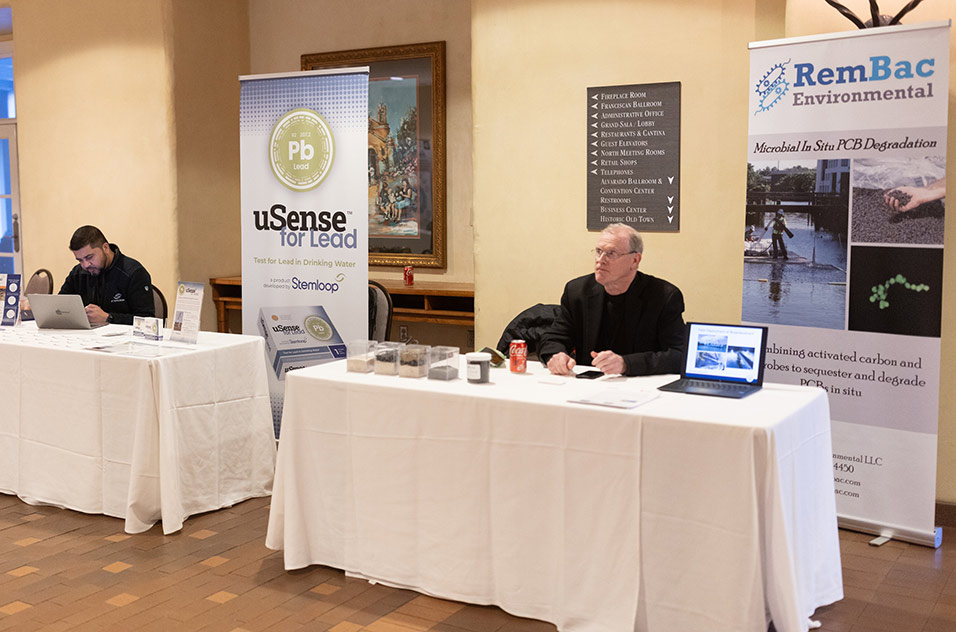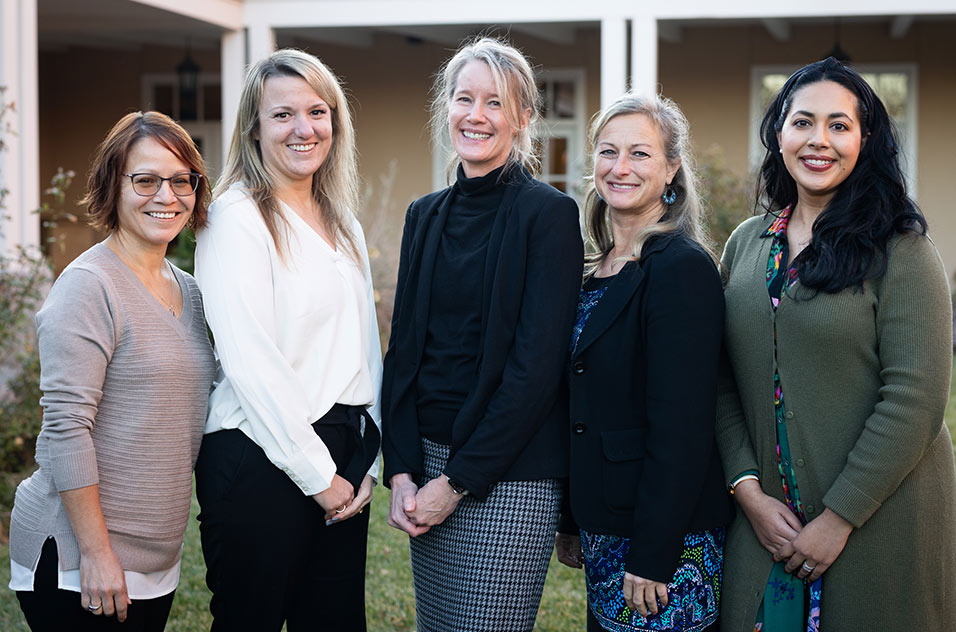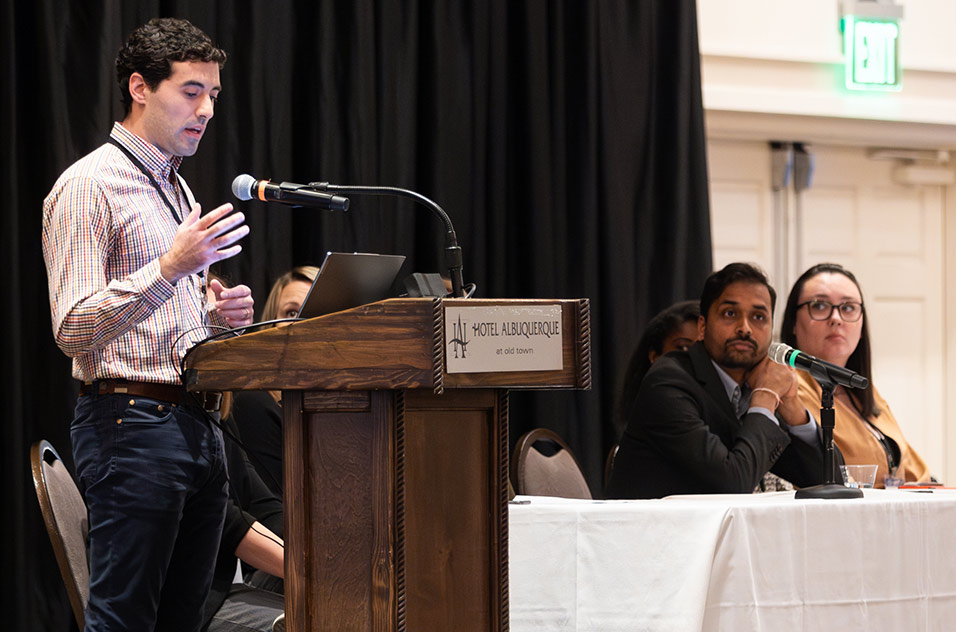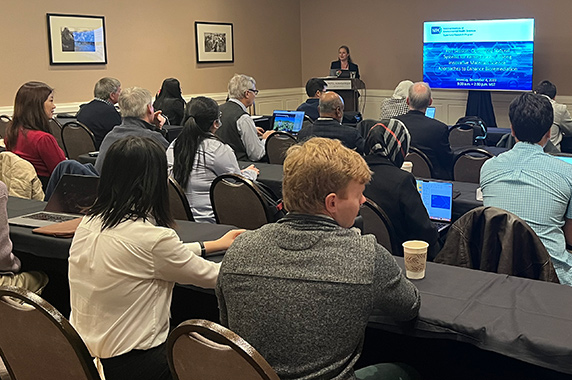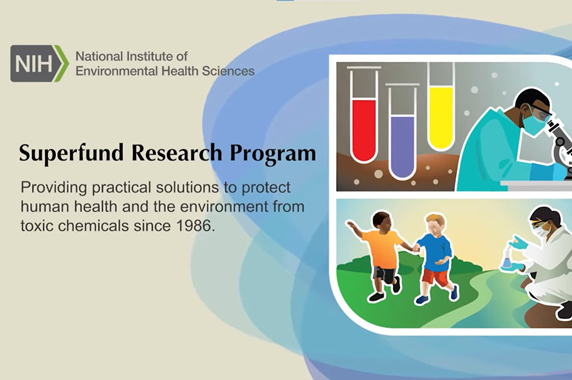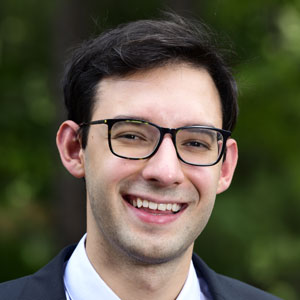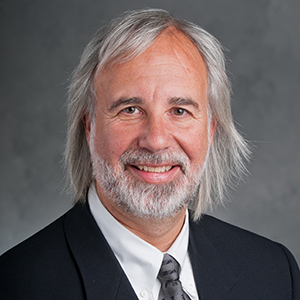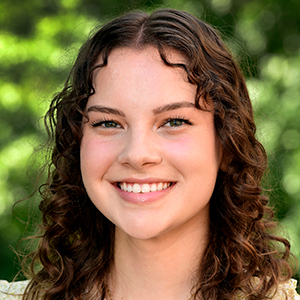The annual grant recipient meeting of the NIEHS Superfund Research Program (SRP), held Dec. 4-6 in Albuquerque, New Mexico, showcased how collaborative research can accelerate scientific discovery to protect the health of communities exposed to harmful contaminants. SRP-funded researchers and trainees — representing 70 institutions across the U.S. — joined NIEHS staff, community partners, and Tribal leaders to discuss research advances related to heavy metals, ubiquitous chemicals called PFAS, prenatal exposures, and more.
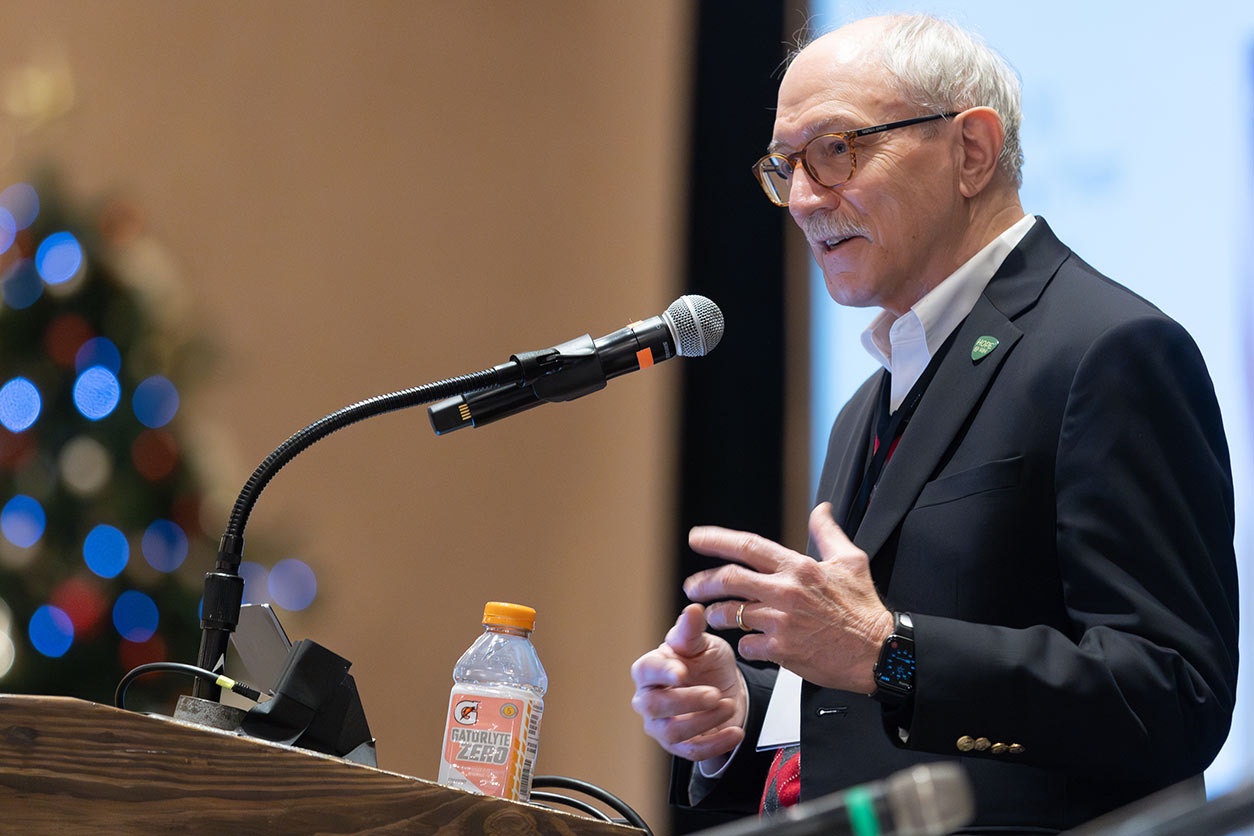
Through presentations and more than 200 poster displays, the experts also shared innovative research approaches involving geospatial modeling, artificial intelligence (AI) and machine learning, research translation, and community engagement.
“Community engagement is a critical element in advancing environmental health equity,” said NIEHS Director Rick Woychik, Ph.D. “It’s important to go out and listen to what the community needs and work with them to address those concerns, and this group is doing just that.”
Creating respectful partnerships
Creating and nurturing respectful partnerships with community members, particularly Native Americans grappling with contamination from uranium mining waste or arsenic in drinking water supplies, was a common theme throughout the meeting.
David Begay, Ph.D., and Nancy Maryboy, Ph.D., Indigenous scientists and collaborators with the University of New Mexico (UNM) SRP Center, emphasized the importance of understanding Tribal protocols before conducting research and of explaining scientific concepts in the community’s language or through Indigenous artwork. They also urged attendees to see the land through Indigenous eyes.
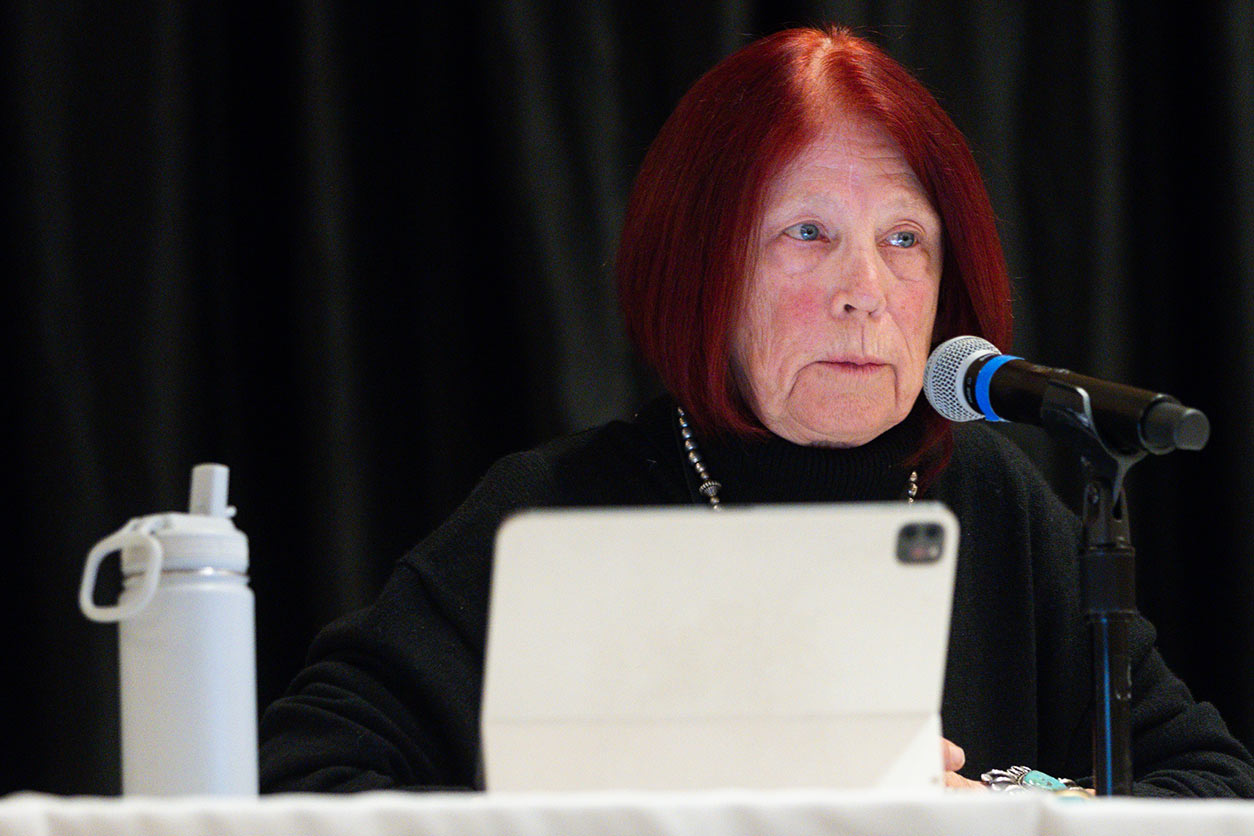
“We belong to the land,” said Begay. “The land does not belong to us.”
Guthrie Ducheneaux and Tracy Zacher, of Missouri Breaks Industries Research — a Native American-owned research organization and collaborator with the Columbia University Northern Plains SRP Center — explained that Indigenous peoples have a right to own and control their data.
“My own science doesn’t matter — community needs matter,” said UNM trainee Andreanna Roros. “We need to be in constant communication with the community and let them decide how their data is used and how the information is released.”
Revealing health effects, engaging with communities
SRP grant recipients shared important progress in discovering mechanisms by which exposure to contaminants can lead to disease.
Working with babies in Puerto Rico, Seonyoung Park, a trainee at the Northeastern University Puerto Rico Testsite for Exploring Contamination Threats (PROTECT) SRP Center, found that in utero exposure to phthalates — chemicals used in the production of plastics —decreased the number of signaling molecules that play a role in immune response. Others from the center discussed their efforts to report back results to study participants through social media, fact sheets, and an app.
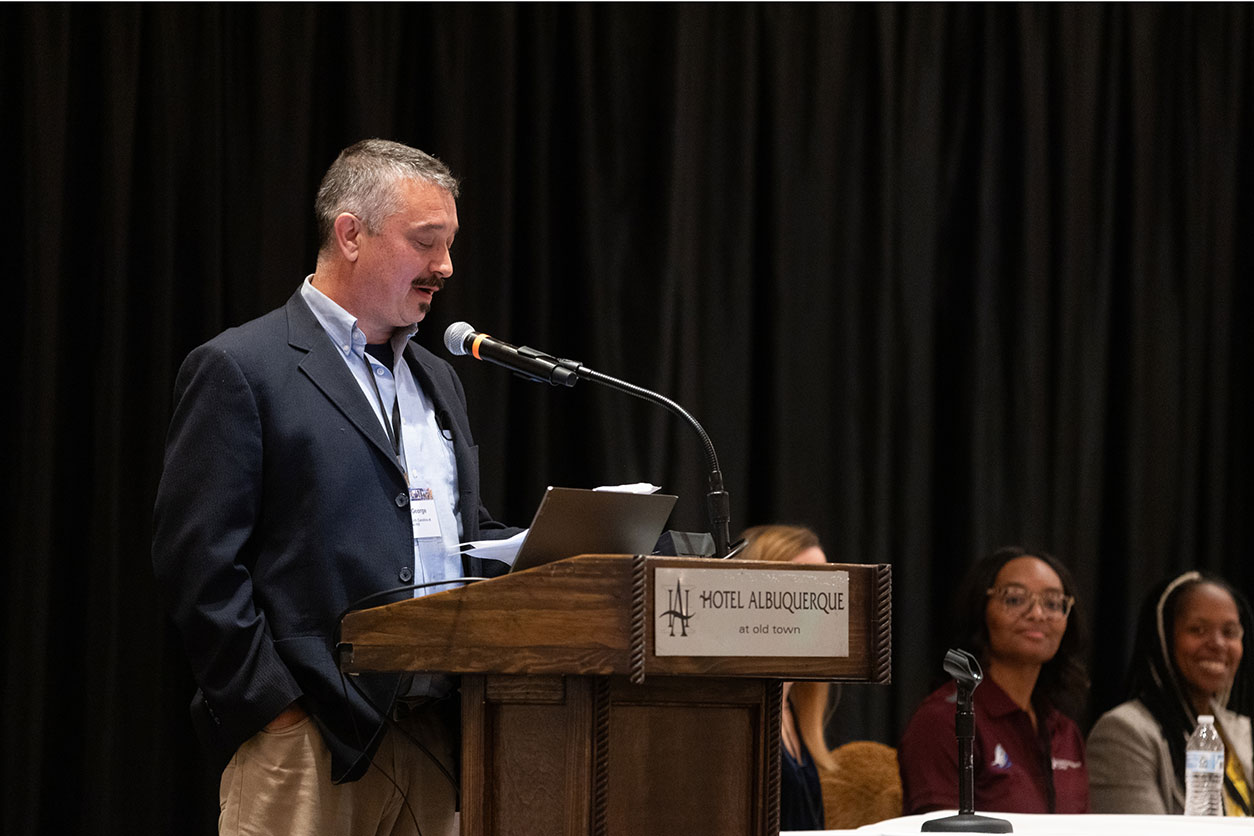
Exposure to heavy metals during pregnancy has been linked to increased risk of preterm birth, explained Harvard trainee Francesca Malacuso, who introduced a community-engaged research project to characterize metal exposures in San Luis Valley, Colorado. Her preliminary research shows that samples from mothers and their babies contain elevated concentrations of metals.
Trainees rise to the occasion
Throughout the meeting, 2022 K.C. Donnelly Award winners and other SRP trainees shared unique and wide-ranging research experiences. Rollie Mills, the 2023 Wetterhahn Award winner, also reflected on his work.
Several trainees showcased new methodologies for conducting research.
- Emily Green, of Duke University, discussed using killifish to understand how the microbiome reacts to polycyclic aromatic hydrocarbons — organic compounds formed during incomplete combustion of organic matter.
- Samantha McFall, of the University of Louisville, explained how human-derived cells can reveal the cardiovascular health effects of benzene, a chemical commonly used in gasoline.
- Avinash Kumar, Ph.D., of Louisiana State University, introduced new methods to reveal the health effects of air pollutants called environmentally persistent free radicals in mice.
- Hannah Starnes, of North Carolina State University, introduced a new computer-based method to model the toxicity of PFAS with no toxicological data.
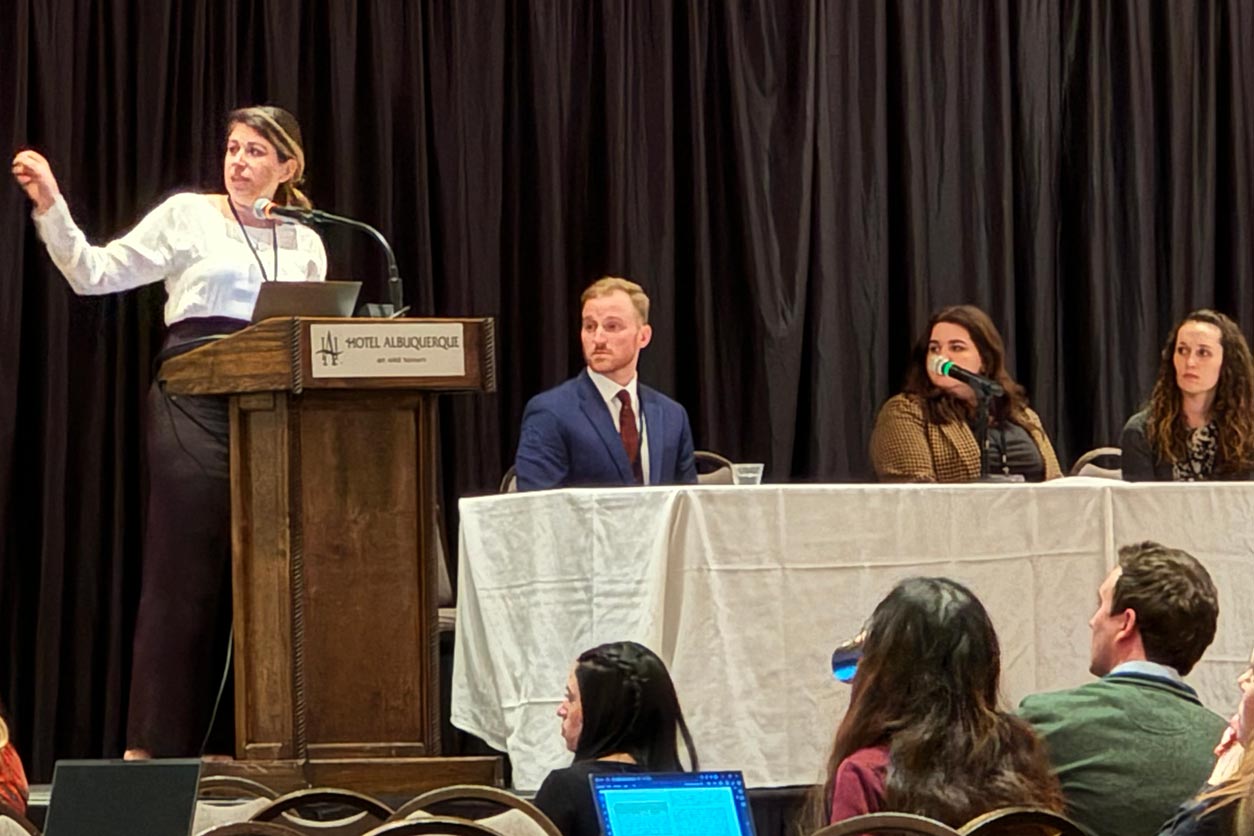
“Training the next generation of scientific leaders has been, and will continue to be, an important element of SRP,” said SRP Director Michelle Heacock, Ph.D., during closing remarks. “It’s amazing to see how multidisciplinary training is reflected in the diversity and complexity of the research that trainees presented.”
(Mali Velasco is a research and communication specialist for MDB Inc., a contractor for the NIEHS Division of Extramural Research and Training.)





